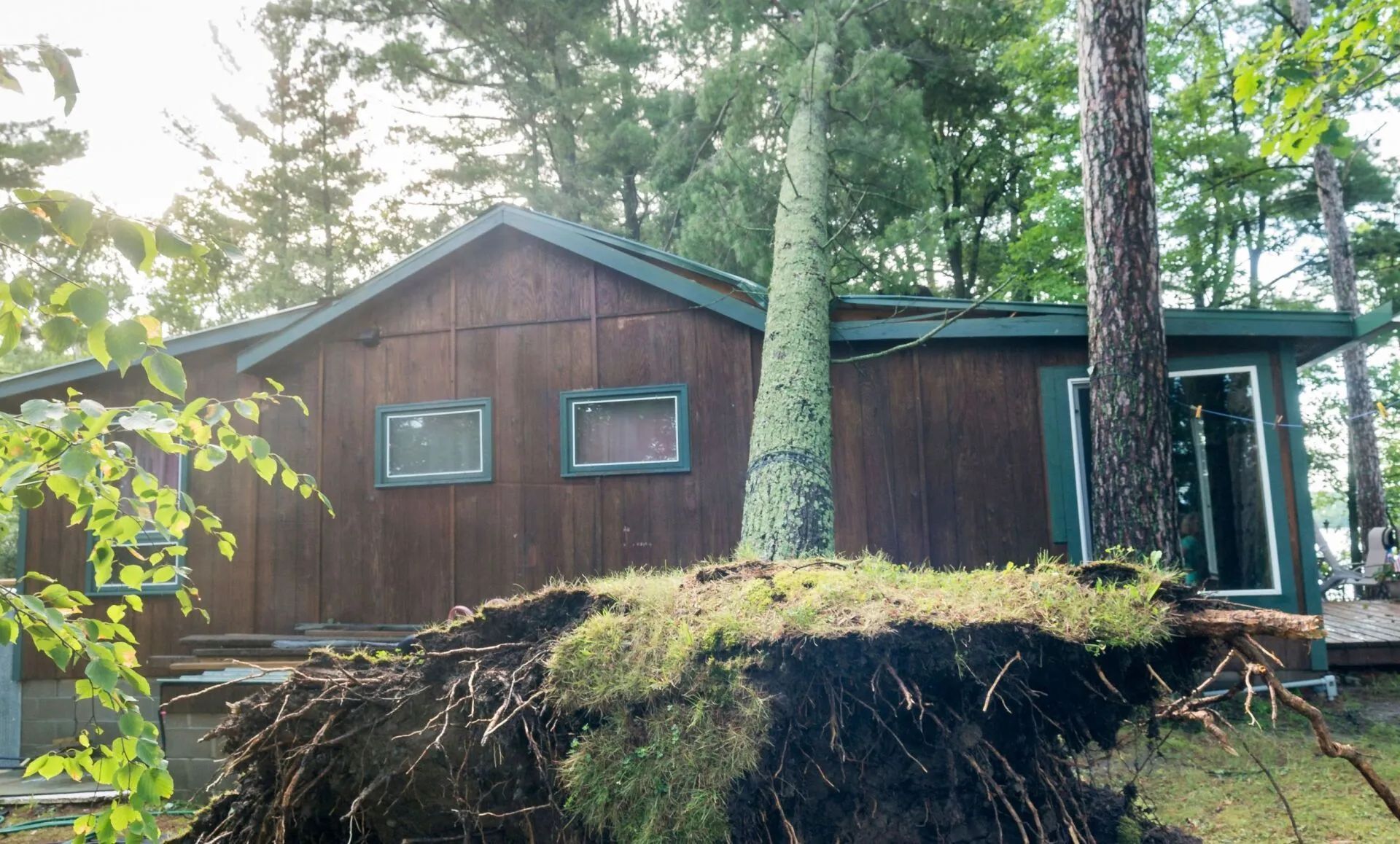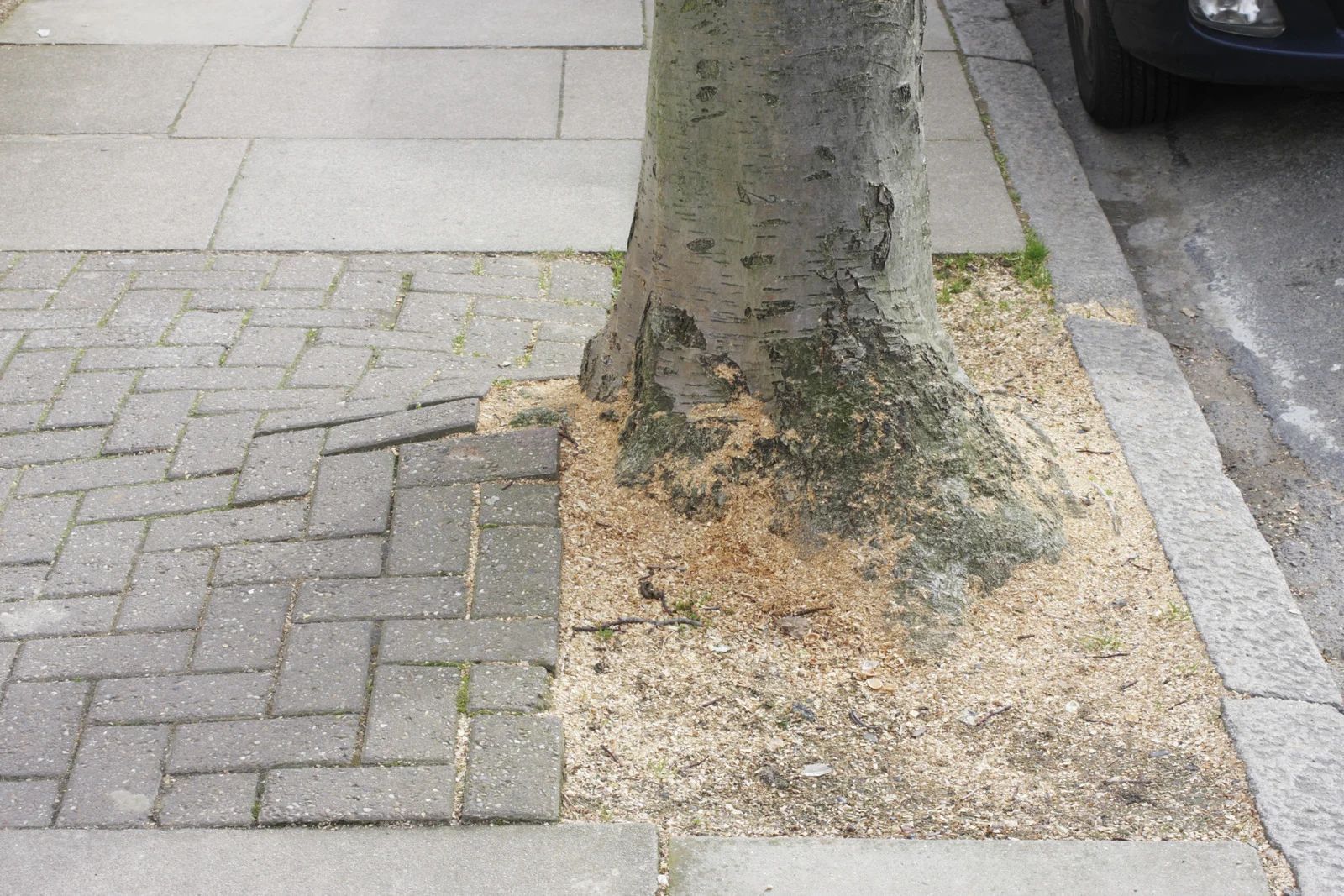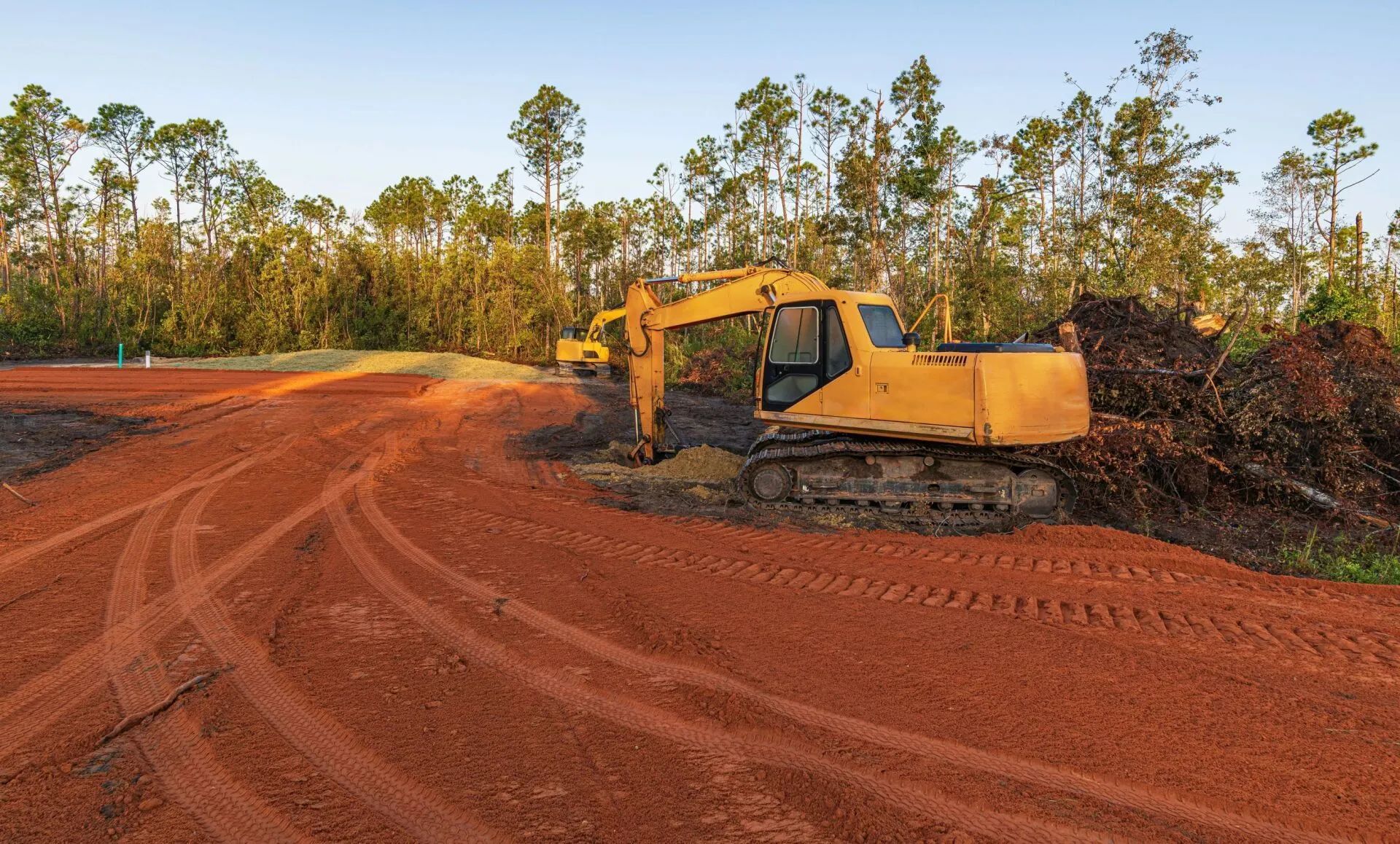Invasive Shrubs in Oregon: Why Removal is Important
Oregon’s diverse and rich ecosystems are a point of pride for both residents and environmentalists. However, this natural beauty is increasingly under threat from invasive shrubs that disrupt native habitats and undermine local biodiversity. These plants, often introduced unintentionally or for ornamental purposes, spread rapidly and are difficult to control. They outcompete native species for light, water, and nutrients, causing long-term environmental damage.
Many homeowners may not even realize that certain shrubs in their yards are harmful to the surrounding environment. Left unchecked, these plants can transform a once-thriving ecosystem into a monoculture dominated by a single invasive species. That's why it’s essential to act early and take proactive steps toward removal. Understanding their impact is the first step in safeguarding Oregon’s natural beauty for generations to come.
The Impact of Invasive Shrubs on Local Ecosystems
Invasive shrubs such as Himalayan blackberry, Scotch broom, and English holly are some of the most aggressive species in Oregon. These plants form dense thickets that prevent sunlight from reaching native ground cover and tree seedlings. This not only halts natural forest regeneration but also leads to the decline of species that depend on native plants for food and shelter.
Over time, invasive shrubs alter soil composition and hydrology, making it harder for native plants to re-establish even after removal. Their dominance can also increase the risk of wildfires by creating dry, flammable biomass, especially in forested and rural areas.
Biodiversity and Wildlife at Risk
Many of Oregon’s native wildlife species rely on specific plants for survival. When invasive shrubs take over, they eliminate essential food sources and nesting habitats. Birds, pollinators, and small mammals often struggle to adapt to these changes, which can lead to population declines or migration away from once-thriving areas.
Furthermore, invasive shrubs can facilitate the spread of other invasive organisms, including insects and fungi, creating a cascade of ecological imbalances. In some cases, rare or endangered native species are pushed closer to extinction due to habitat loss.
The Benefits of Timely Shrub Removal
Removing invasive shrubs is a vital first step toward restoring ecological balance. Early detection and intervention are key, as younger plants are easier to remove and have done less environmental damage. Effective removal strategies often include mechanical extraction, targeted herbicide use, and ongoing site monitoring to prevent regrowth.
Property owners who actively manage invasive vegetation not only protect Oregon’s environment but also increase the aesthetic and economic value of their land. Landscapes cleared of invasive species are more visually appealing and safer from fire hazards, making them more enjoyable and secure.
Community and Professional Involvement
While homeowners can help control invasive shrubs on their properties, large-scale removal projects require the expertise of professionals. Certified tree and vegetation specialists can assess infestation levels, determine appropriate removal methods, and ensure that native plants have the opportunity to recover. Partnering with a trusted service provider is essential for long-term success.
Trust J & J Stump & Tree Removal for Expert Invasive Shrub Removal
When it comes to invasive shrub and tree removal, experience matters. J & J Stump & Tree Removal has been serving the Salem, OR community for over 30 years, offering expert solutions that prioritize both environmental restoration and property safety. Our team understands the unique challenges posed by Oregon’s invasive plant species and uses proven techniques to effectively eliminate them. If you’re looking to reclaim your land and protect local ecosystems, contact J & J Stump & Tree Removal for dependable, professional service backed by decades of experience.





